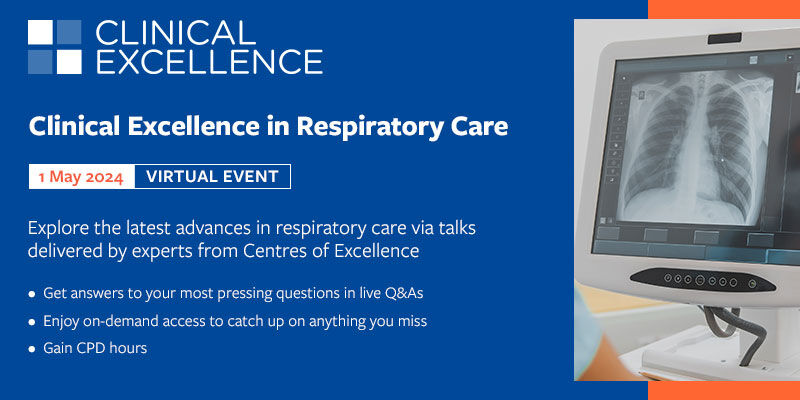Luigi Solbiati
MD
Chief Department of Diagnostic Imaging
Ospedale di Circolo
Busto A (Varese) Italy
In the last 10 years, image-guided ablative methods have become ever more widespread in the therapy of neoplastic diseases thanks to their low invasiveness, efficacy, repeatability and low cost. Radiofrequency thermal ablation is today the most important of these, having mainly replaced ethanol injection in liver neoplasms and been successfully applied in other organs such as the kidneys, adrenal glands and lungs.
Imaging technique is extremely important when using ablative therapies, not only in the initial treatment planning phase, but above all for intraoperative monitoring and evaluation of the results. Ultrasound is currently the method of choice for the ablative therapy of moving organs (eg, the abdominal organs) as it is the only technique able to guide electrode introduction, follow its progress to the target, monitor the treatment’s execution and highlight any immediate complications in real time. However, ultrasound has an inferior spatial resolution compared with modern CT and MR equipment, and also has anatomical limitations (eg, air and bone) that do not exist for CT and MR.
Combining methods
There is therefore a growing need for guidance methods that possess the advantages of both ultrasound (real time) and CT and MR (excellent spatial resolution and no anatomical limitations). The solution to this problem is the combination of two methods spatially aligned through an image fusion system whose longstanding progenitor, in a nonsurgical context, is CT/PET.
We currently use a new US/CT image fusion system, Virtual Navigator (Esaote), that consists of an ultrasound scanner and a dedicated navigation software. An electromagnetic system, with a magnetic field transmitter placed near the patient and a small receiver applied to the ultrasound probe, enables the radiologist to track the position and orientation of the probe in the space with respect to the transmitter (counting more than 100 measurements/ second), in order to select the exact corresponding CT image with features and dimensions equal to the ultrasound image.
In this way we have, on the same screen of the ultrasound unit, two side-by-side pictures (ultrasound in real time and CT/MR recorded) that are perfectly spatially correlated, enabling easier identification of the structures visible on the ultrasound through the information provided by the CT scans.

Workflow advantages
The Virtual Navigator enables electrode insertion and advance towards the target to be monitored in real time. Tumours that are partially or completely invisible with ultrasound are monitored with real-time CT images, getting the biopsy line on the CT and ultrasound images to coincide with the tumour to be treated. Recently, further technological advancement has occurred where a second magnetic field detector, directly attached to the shaft of the needle electrode, enables the “virtual needle” to be displayed on the CT scan in real time. This means the treatment phases can be accurately controlled.
During radiofrequency ablation, the gas developing from the heating of the cancerous tissue leads to high-intensity echoes within the treated tumour on the ultrasound image. For this reason, the (pre-treatment) CT image is superimposed digitally over the ultrasound image to verify if the hyperintense treatment area visible on the ultrasound image had the same size and shape as the target neoplasm.
This innovative system, refined and used clinically by our group, has considerable benefits, as a low-cost (ie, it consists essentially of a software programme), fast (ie, highly automated), simple and real-time image fusion technique integrated in the ultrasound unit. It also benefits from the features of modern ultrasound, especially the ability to use contrast agents during virtual navigation for precise visualisation of the necrotic area obtained during the treatment session and thus to enlarge this area – during the same session if necessary – to extend it to the pretreatment size of the neoplastic target.
This virtual navigation system was tested under limiting conditions, as all the tumours included were only partially or completely invisible to ultrasound, due to their small size or anatomical location. Despite this, complete ablation was achieved in over 90% of difficult cases, except for the group of large tumours partially obscured to ultrasound due to their anatomical location, where a complete result was obtained in 83% of cases. Undoubtedly, this difference is also partly due to the intrinsic limits of radiofrequency thermal ablation in the treatment of large neoplasms.
The absence of major complications in our study is also an important element, as treatment of difficult or poorly visible tumours can lead to a greater number of complications than seen with ablations performed under completely safe conditions.
From the results achieved, it can be concluded that this new technology, which combines the benefits of ultrasound and CT/MRI in real time, is extremely useful for all complex echo-guided treatments where lesions are invisible or only partially visible to ultrasound, when the target is close to delicate anatomical structures or when multiple treatments of the same target are required in a single treatment session. Further technological advancements, some already undergoing trial (eg, the application of a second magnetic field detector directly to the shaft of the needle electrode, enabling real-time display of the “virtual needle” on the CT scans taken before treatment), and others still undergoing study (eg, 3D real-time ultrasound and CT display) will soon enable further improvements in results.









